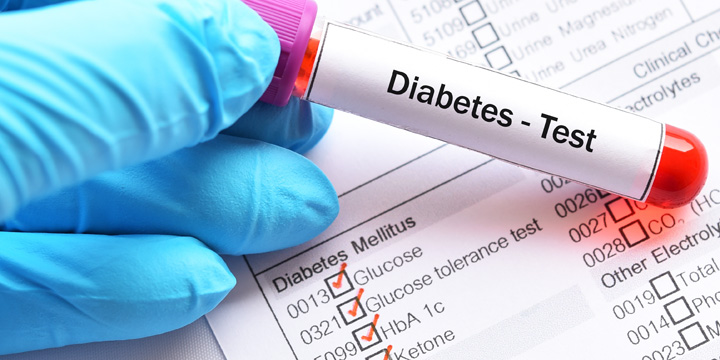
You may have heard of type 1 diabetes which occurs when the body stops making insulin due to autoimmune destruction of cells in the pancreas. It is usually diagnosed in children with a peak age of onset at about age 12. You are also likely familiar with type 2 diabetes, where the body stops using insulin properly. This type typically affects adults over the age of 40, often with a family history of the condition, and is commonly associated with being overweight or obese. But what is type 1 ½ diabetes?
This type of diabetes is more properly called latent autoimmune diabetes of adulthood (LADA):
- Latent…. because it is “delayed” and has a slower onset than type 1 diabetes
- Autoimmune… because like type 1 diabetes, the body mistakenly thinks the pancreas is “foreign” and attempts to destroy it.
- Diabetes of Adulthood…because it manifests in adulthood.
The reason to mention it is that sometimes, because it presents in adults, it may be mistaken for type 2 diabetes and be treated with non-insulin medications, and this doesn’t work when the underlying problem is lack of insulin from a pancreas that has been destroyed.
This can lead to frustration for patients who feel they are doing everything right but still have high glucose levels.
The key difference between LADA and type 2 diabetes is that people with LADA test positive for specific “autoantibodies”, which are proteins that attack and destroy a person’s own cells. Healthcare providers may also measure the patient’s ability to make insulin to help differentiate between the two. Patients with LADA often have a lower body mass index (BMI) and are younger compared to the typical person with type 2 diabetes. Sometimes there may be a family history of other “autoimmune” disease, like thyroid disease, rheumatoid arthritis, celiac disease, vitiligo (white patches of skin) or pernicious anemia (inability to make red blood cells due to the body missing the cell that absorbs B12).
If you have been to a diabetes class and you are the thinner person sitting at the back, with still very high sugars on pills, you are younger than the others but still an adult and things just don’t “click” for you even though you are trying, ask the person teaching the class if you could be a LADA.
People with LADA may respond initially to some medications and to diet and weight loss, but if they are LADA and have antibodies, they will generally need insulin within a few months to years.
Some medication can be dangerous for people with evolving type1 diabetes such as SGLT2 inhibitors since it increases the risk of diabetic ketoacidosis. So, it is important to determine if someone’s diabetes is caused by lack of insulin and not due to insulin resistance which is seen with type 2 diabetes.
If you are lean and have LADA, you will need insulin, but you may initially be very sensitive to it. Some individuals may require only 1/2 to 3 units of insulin with their meals and may benefit from a 1/2 unit pen, similar to those used by young children, or an insulin pump that allows for precise, small doses of insulin.
There is some evidence that if good control is gained initially that the pancreas will last a bit longer, so early insulin is important if control is not gained by other medication (of course this is always important anyway!).
If you experience persistently high blood sugar levels despite your currently prescribed treatment plan, speak with your diabetes healthcare team.



